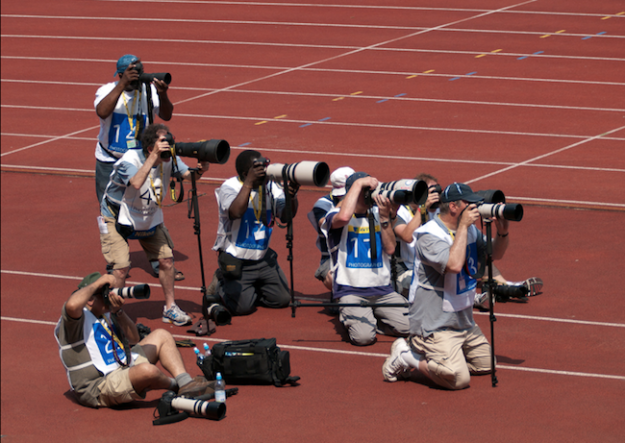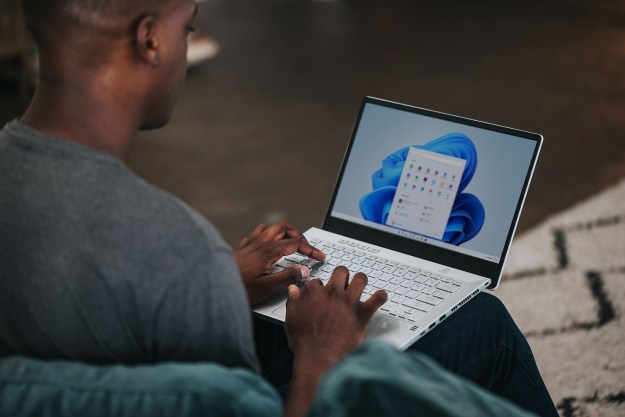
Buzzfeed is really good at making sharable content, even its harshest critics can acquiesce to that. But according to photographer Kai Eiselein, Buzzfeed is really bad at making sure the photos it uses are properly accredited and licensed.
Eiselein is suing Buzzfeed for $3.6 million in damages because the Web juggernaut didn’t get his permission to use one of his photos in a montage of silly soccer faces. Eiselein originally uploaded the photo, called “Contact,” to his Flickr account. According to the lawsuit, the copyright information was in clear sight, but Buzzfeed didn’t contact Eiselein to request permission to use the photo.
The photo was taken down after Eiselein issued a takedown request, but the photographer still wants damages from the unlicensed use of the image. Since the author of the post is an employee of Buzzfeed, the “Safe Harbor” provision of the Digital Millenium Copyright Act of 1998 does not apply to him.
If you just look at the lawsuit, it seems like Eiselein has a pretty good case against Buzzfeed. But the thing is, Buzzfeed used the photo as part of a montage, not on its own. This may give it some leeway, since they can argue that their use is transformative rather than derivative – and since Buzzfeed founder Jonah Perretti has discussed the fact that Buzzfeed makes transformative use of copyrighted images in the past, it’s likely that will be their argument. Perretti outlined how Buzzfeed deals with image copyright in an interview with The Atlantic last year.
During the same interview, Perretti talked about how Buzzfeed does pay licensing fees to Getty, AP, and Reuters to use their libraries. But Eiselein’s photo was totally unlicensed. “Getty requested that I add it to my collection for licensing. I refused because the image was so widely circulated on so many sketchy websites that I didn’t think it had much in the way of marketability any longer,” Eiselein explained.
Eiselein’s complaint places the blame on Buzzfeed for other unlicensed use of the image, listing a number of different websites where the image appeared after it was included in the initial Buzzfeed article.
What to make of all this? Is Eiselein pulling a Prince and being too picky about where his art ends up? Or is Buzzfeed totally ripping him off? It’s definitely wrong that someone can have a photograph they took and hope to make money off of shared virally over the web and not see any compensation, but fair use law is tricky and full of gray areas.
Either way, maybe Buzzfeed should check out our guide to downloading free stock photos and public domain images.
[Image credit: Flickr, Wiliam Warby]


